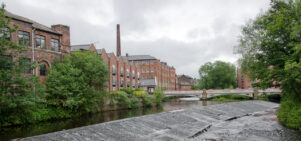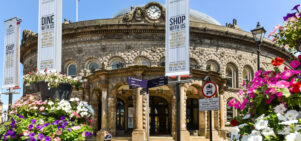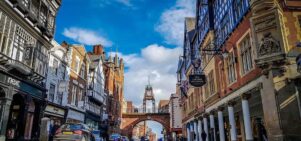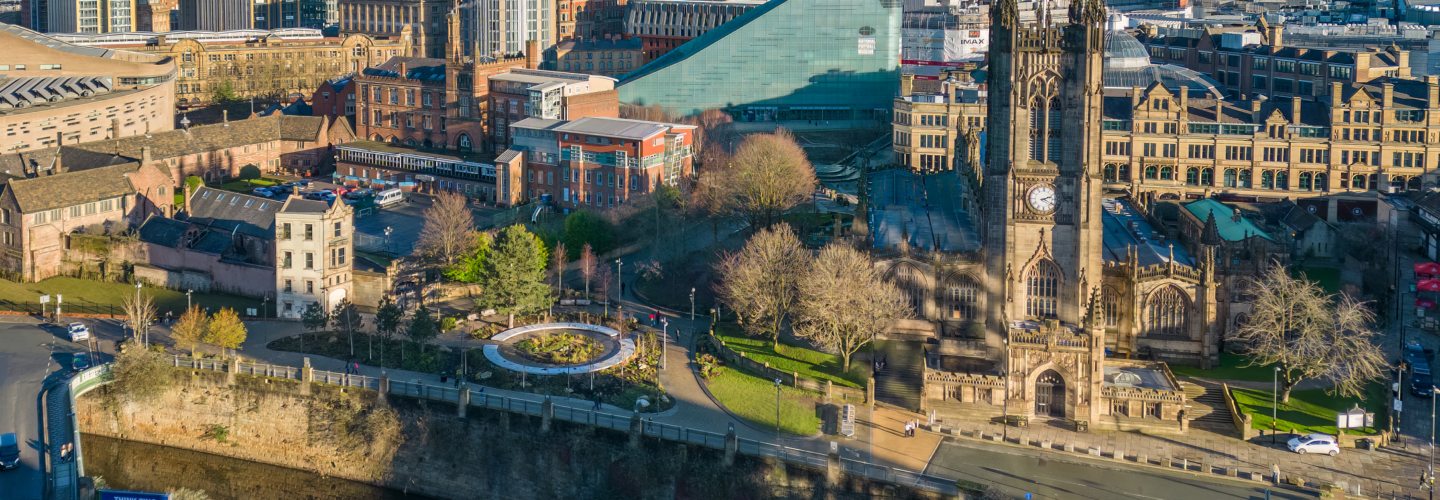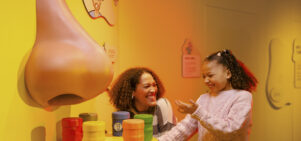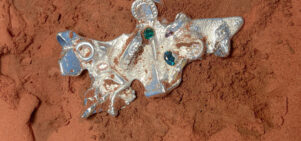Artwork in Focus: April Ashley, Portrait of a Lady at the Museum of Liverpool
Polly Checkland HardingThe story behind this photograph shows how much cultural attitudes can colour people’s perception of beauty.
A sideways glance is among the most loaded of looks. In this photograph of former Vogue model and actress, April Ashley, her expression is a cue for the question: what does the way we see an image say about us? Taken in 1964, this greyscale portrait was shot at a time when the model’s loveliness had begun to be publically rejected, though nothing about her face had changed. Ashley’s expressive eyes, full mouth and stunning cheekbones are much the same as they were when she was subject to the attention of David Bailey’s lens three years earlier – so why did her modelling assignments cease in the interim?
Portrait of a Lady, a photographic exhibition at the Museum of Liverpool, is an exploration of Ashley’s life through images: it offers a way of thinking about how differently we might see her now. The city was her birthplace, but not where she could express her true self: born 29 April 1935 to Ada and Frederick Jamieson, Ashley’s original name was George Jamieson. But it wasn’t until her move to London aged 20 – after two suicide attempts and horrifying psychiatric treatment at Ormskirk Hospital in Lancashire (procedures included barbiturate injections of sodium pentothal and electro convulsive therapy) – that Ashley felt able to behave as her female self. Under the pseudonym first of Toni April, then April Ashley, she became known publicly as a woman.
A beautiful & moving photograph displayed as part of a sadly still necessary exhibition
In the end, it was the discrepancy between Ashley’s public profile – raised by a career that included performances at the famous Carousel Club in Paris and modelling contracts in London – and her gender at birth that was her undoing. When the story of Ashley’s transgender status, and the genital reconstruction surgery she underwent in Casablanca in 1960, was leaked to the press it had a devastating effect on her status as a model. The rebuff she experienced was nothing to do with how she looked, but rather how her identity jarred with the accepted values of the time.
Looking at the knowing sadness in Ashley’s eyes from a modern perspective, it is important to remember both the persecution she experienced and how she came to rise above it. Ashley’s campaigning for gender recognition was rewarded with great legal change and an MBE in 2012. This is a beautiful and moving photograph that is displayed as part of a sadly still necessary exhibition. That Ashley is depicted in greyscale feels appropriate for a woman whose approach to identity was far from black and white.



